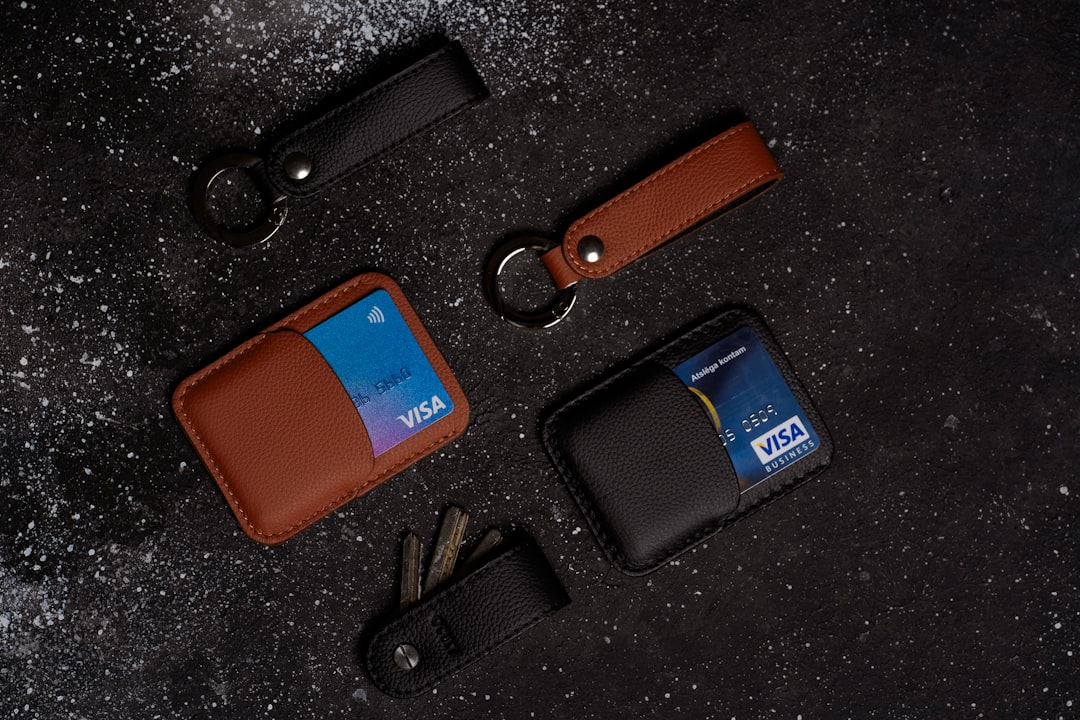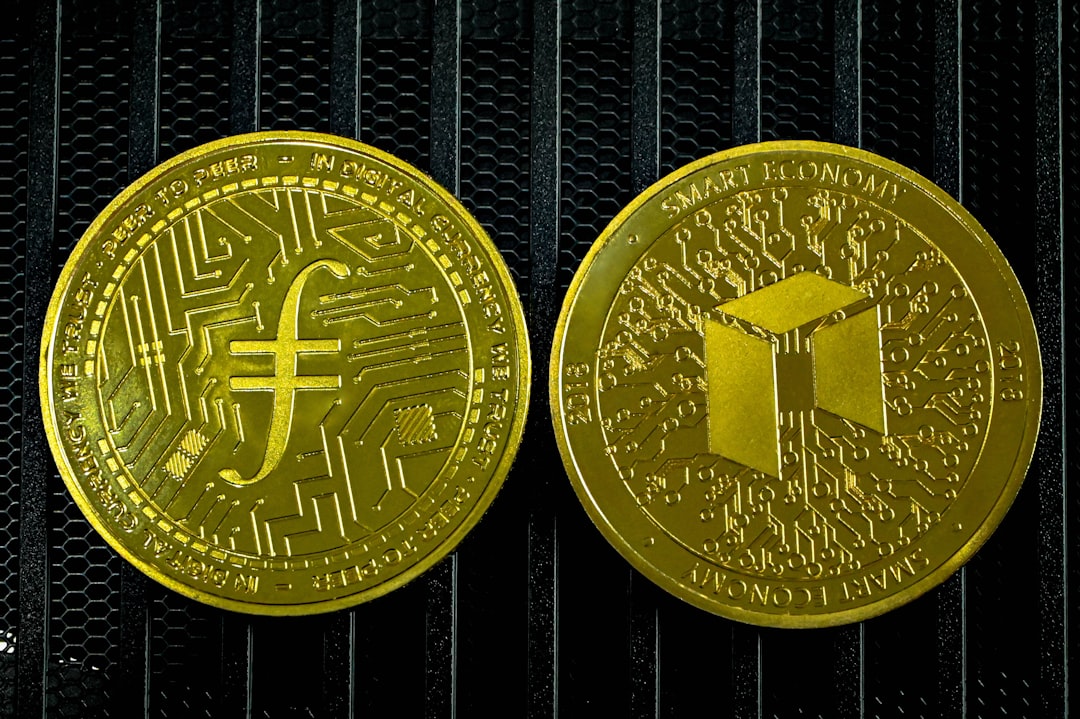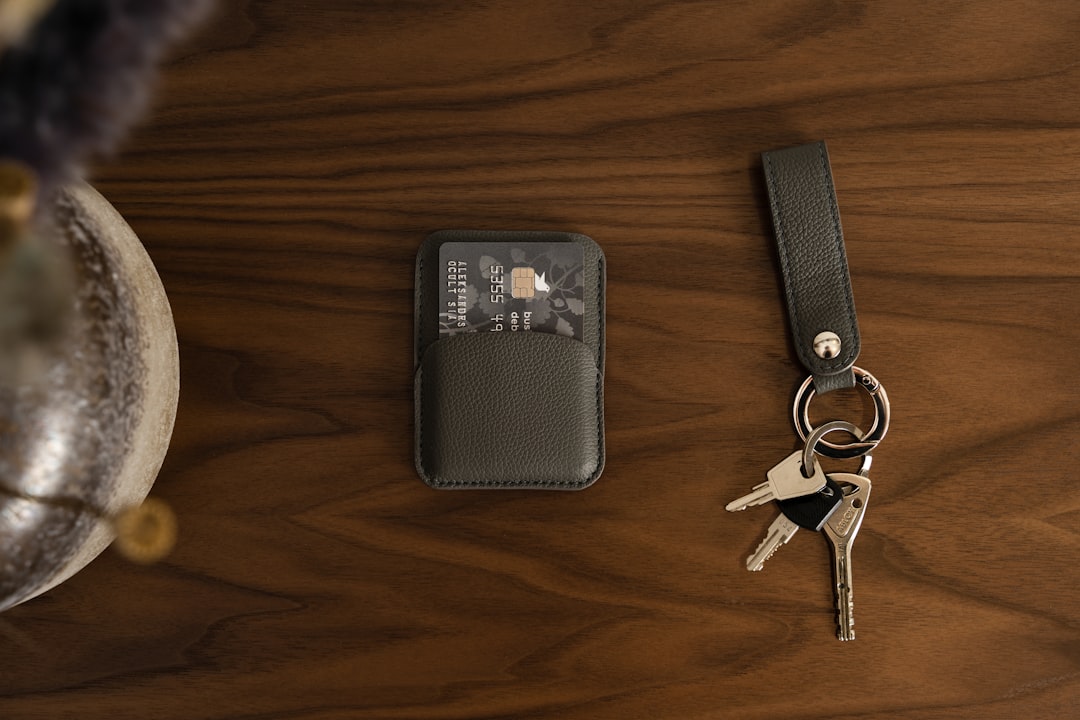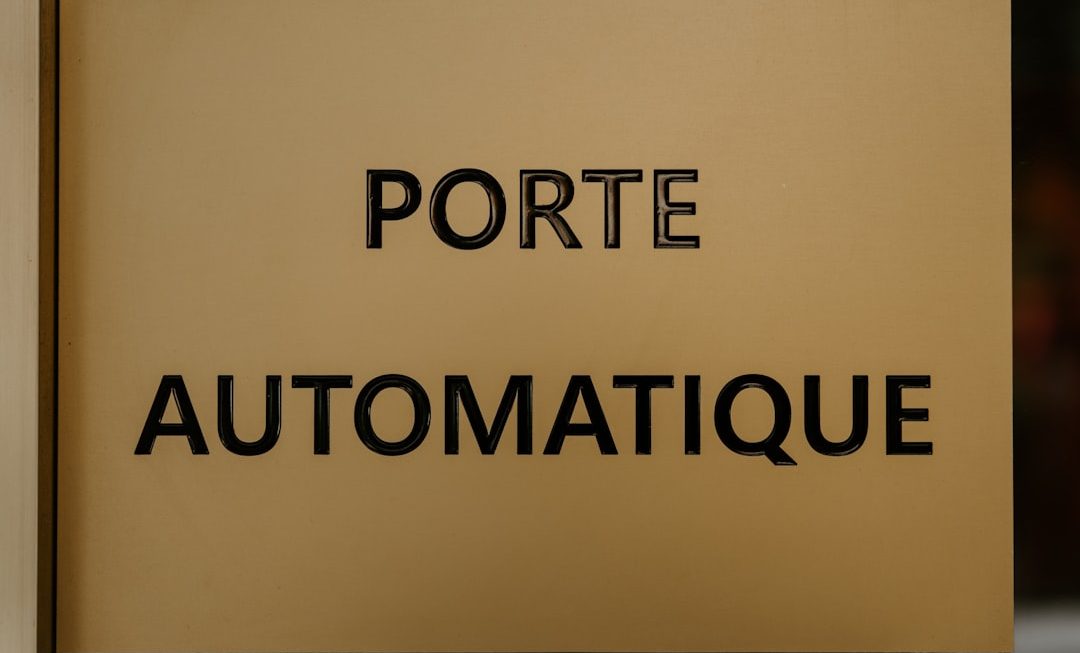As the popularity of cryptocurrency continues to grow, more individuals are stepping into the exciting world of digital assets. Whether you’re a complete beginner or someone looking to upgrade your crypto storage method, choosing the right wallet is an essential step. The wallet you select during the setup process can significantly impact your overall experience, security, and ease of access to your assets.
Understanding Crypto Wallets
Before diving into how to choose the right crypto wallet, it’s important to understand what a crypto wallet actually is. A cryptocurrency wallet is a tool—either hardware or software—that allows you to store and manage your digital currencies securely.
There are two primary types of wallets:
- Hot Wallets: These are connected to the internet. They are generally easy to use and access but are more vulnerable to hacking.
- Cold Wallets: These store your cryptocurrencies offline, making them far more secure but slightly less convenient for frequent transactions.
The choice between a hot and cold wallet depends on your usage needs, but both have unique advantages that suit different user preferences and security requirements.
Factors to Consider When Choosing a Wallet
During the initial setup process, several factors will influence your decision. Let’s break down the most critical considerations.
1. Security Needs
If you’re planning to hold a significant amount of cryptocurrency, security should be your top priority. Cold wallets like hardware wallets (e.g., Ledger, Trezor) are ideal in this case because they are not connected to the internet and therefore less prone to hacking.
However, if you only hold small amounts or plan to trade frequently, a reputable hot wallet with strong encryption, two-factor authentication (2FA), and a good track record may suffice.

2. Frequency of Use
Are you a trader who moves cryptocurrency in and out of your wallet regularly? Or are you a long-term investor who simply wants to store coins safely?
- Traders: Likely to benefit from using a hot wallet due to its speed and connectivity.
- HODLers (long-term holders): Might prefer a cold wallet to enhance asset security over time.
3. Supported Cryptocurrencies
Not all wallets support every type of cryptocurrency. Before downloading or purchasing a wallet, make sure it is compatible with the coins and tokens you plan to hold. Some popular multi-currency wallets include Trust Wallet, Atomic Wallet, and Exodus.
4. Platform Compatibility
Consider the devices you use. Some wallets are designed for desktops, while others are optimized for mobile devices. Make sure that the wallet supports your operating system, whether it’s Windows, macOS, Android, or iOS.
Also, it’s helpful when a wallet offers a seamless interface across multiple devices, allowing you to switch from your smartphone to your desktop with ease.
5. User Interface and Experience
For beginners especially, ease of use is crucial. Some wallets offer sleek, simplified user interfaces, which make navigating crypto ownership less daunting. Poorly designed wallets can make even the most basic transactions confusing and increase the likelihood of making costly mistakes.
6. Backup and Recovery Features
No matter how secure your wallet is, there is always the potential of losing access due to hardware failure, accidental deletion, or even human error. Ensure the wallet offers reliable backup and recovery options.
A strong wallet will usually generate a seed phrase—a set of 12 to 24 random words that acts as your backup key. Keep this phrase safe; anyone with access to it can take your assets.
7. Community and Developer Support
A well-supported wallet will have active developers, regular updates, and a strong user community. This can be incredibly beneficial when troubleshooting issues or seeking user experiences. Open-source wallets are an added bonus since their code can be reviewed for security by anyone.
Popular Types of Crypto Wallets
Here’s a quick overview of some key types of wallets available on the market:
- Hardware Wallets: Physical devices that store your crypto offline. Best for long-term holders. Examples: Ledger Nano X, Trezor Model T.
- Browser-Based Wallets: Installed as browser extensions. Suitable for web-based interactions, like DeFi trading. Examples: MetaMask, Phantom Wallet.
- Mobile Wallets: Smartphone apps providing ease of access. Examples: Trust Wallet, Mycelium.
- Desktop Wallets: Installed on your computer, splicing usability and security. Examples: Electrum, Atomic Wallet.
- Paper Wallets: Printouts of your private and public keys. Very secure when stored properly but hard to manage and easy to lose.

Steps to Choose the Right Wallet During Setup
Making the right decision starts during your first interaction with the wallet platform. Here’s a step-by-step guide to help you navigate the setup process effectively:
- Identify Your Goals: Decide if you’re investing for the long term, trading frequently, or just experimenting.
- List Essential Features: Make a checklist based on the factors described above—security, ease of use, supported coins, etc.
- Do Thorough Research: Read independent reviews, browse community forums, and explore open-source projects if possible.
- Download from Official Sources: Always use official websites or trusted app stores to avoid scams or malware-infected versions.
- Test Small Transactions: Once set up, make a small deposit and try transferring crypto in and out to get comfortable with the wallet.
Common Mistakes to Avoid
Missteps during wallet setup can lead to lost funds or reduced security. Here’s what you should watch out for:
- Skipping the Backup Process: Always write down and safely store your seed phrase during wallet creation.
- Using Insecure Devices: Ensure your device is updated, and never install wallets on shared or public computers.
- Falling for Phishing Scams: Be wary of fake wallet apps and never input your seed phrase on suspicious websites.
Conclusion: Making the Smart Choice
Choosing the right crypto wallet during the setup process is about more than just security—it’s about aligning the wallet with your needs, habits, and comfort level. By understanding the types, evaluating your requirements, and being mindful of common mistakes, you can enjoy a smoother, safer, and more empowered crypto journey.
Remember, your crypto wallet is your gateway to the blockchain world. Make your choice wisely and continue learning as the ecosystem evolves.
Ready to get started? With the right information and precautions, you’re already halfway to becoming a responsible crypto asset owner!




